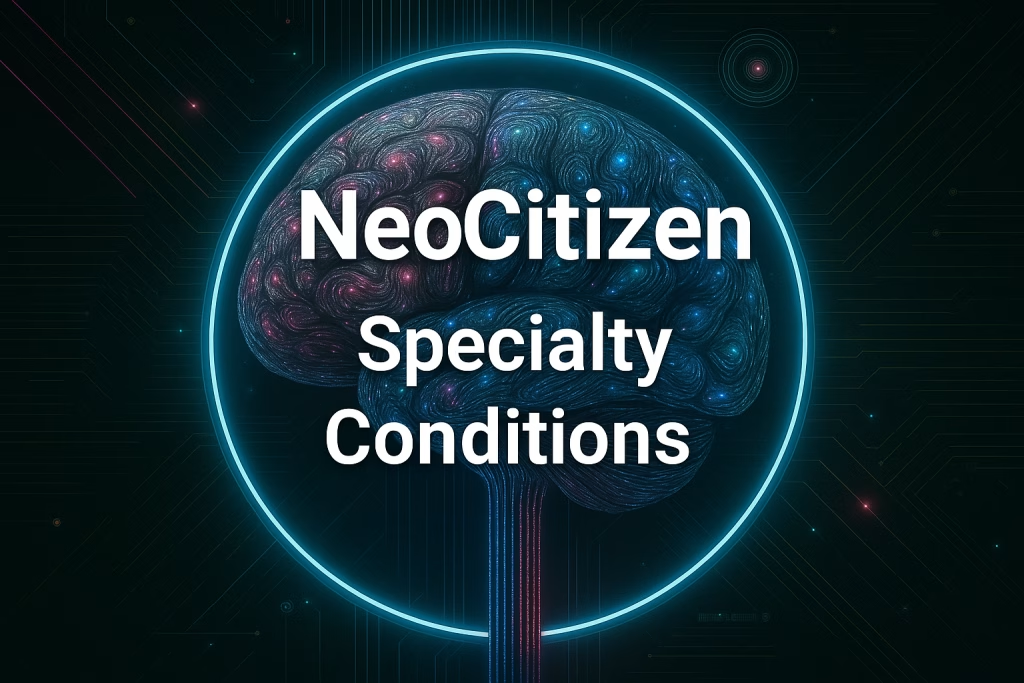
Living with allergies can be frustrating and limiting. Whether it’s seasonal hay fever, pet dander, dust mites, or insect stings, allergies affect millions of people worldwide. One of the most effective long-term treatments available today is Allergen Immunotherapy.
In this comprehensive guide, we’ll explore what allergen immunotherapy is, how it works, who it’s for, what you can expect from treatment, specialty options like ORALAIR and PALFORZIA, and expert tips for achieving the best outcomes.
What is Allergen Immunotherapy?
Allergen immunotherapy, often known as allergy shots or sublingual immunotherapy (SLIT), is a medical treatment designed to reduce or eliminate allergic reactions to specific allergens. It works by gradually introducing small doses of the allergen into the body to build up tolerance over time.
This therapy can be administered in two primary ways:
- Subcutaneous Immunotherapy (SCIT): Allergy shots injected under the skin.
- Sublingual Immunotherapy (SLIT): Allergen tablets or drops placed under the tongue.
Unlike over-the-counter allergy medications that only manage symptoms temporarily, immunotherapy addresses the root cause of allergies by modifying the body’s immune response.
How Does It Work?
Immunotherapy trains your immune system to become less sensitive to allergens. Initially, you’ll receive small, controlled doses of the allergen. Over time, these doses increase during a build-up phase (usually 3–6 months) followed by a maintenance phase (lasting 3–5 years).
This process can:
- Reduce symptoms of allergic rhinitis, asthma, and insect sting allergies.
- Decrease the need for medications.
- Prevent the development of new allergies.
- Improve quality of life.
- Potentially reduce the risk of developing asthma in children with allergic rhinitis.
Who Can Benefit from Allergen Immunotherapy?
Allergen immunotherapy is ideal for people who:
- Have moderate to severe allergies not controlled by medications.
- Experience side effects from allergy medications.
- Want a long-term solution rather than symptom management.
- Are allergic to pollen, dust mites, mold, animal dander, or insect venom.
Note: It is not generally recommended for food allergies, but research into food immunotherapy is ongoing.
Immunotherapy is also suitable for children aged 5 and older, offering a chance to alter the natural progression of allergic disease early in life.
What Are the Risks and Side Effects?
Like all medical treatments, allergen immunotherapy carries some risks:
- Mild reactions: Redness, swelling at the injection site, or oral itching (for SLIT).
- Moderate reactions: Sneezing, nasal congestion, or hives.
- Rare but serious reactions: Anaphylaxis, which requires immediate medical attention.
Treatments should always be administered under the supervision of a qualified allergist or healthcare provider. For safety, patients typically remain in the clinic for 30 minutes after receiving an injection.
What to Expect During Treatment
- Initial Evaluation: An allergist will perform skin or blood tests to identify allergens.
- Custom Treatment Plan: Based on your allergy profile, a personalized therapy plan is created.
- Regular Doses: Administered weekly during the build-up phase, then monthly during maintenance.
- Monitoring: Each visit includes a brief observation period to watch for adverse reactions.
- Ongoing Communication: Your provider will adjust your plan based on your progress and symptom changes.
Adherence to the treatment schedule is essential for achieving optimal results.
Specialty Immunotherapy Treatments: ORALAIR and PALFORZIA
ORALAIR
ORALAIR is a prescription sublingual immunotherapy tablet used to treat grass pollen allergies. It contains extracts from five grass pollens: Kentucky Blue Grass, Orchard, Perennial Rye, Sweet Vernal, and Timothy Grass.
Key Features:
- Suitable for patients aged 5–65 years.
- Taken daily under the tongue, starting 4 months before grass pollen season and continued through it.
- Proven to reduce symptoms like sneezing, nasal congestion, and itchy eyes during allergy season.
Benefits:
- Non-invasive alternative to allergy shots.
- Convenient, home-based administration after the first dose is supervised.
- Fewer visits to the clinic.
- Well-tolerated with mild side effects like throat irritation or mouth itching.
Clinical Note: Clinical trials have shown that ORALAIR significantly reduces the need for rescue medication and improves quality of life in grass pollen allergy sufferers.
Learn more at ORALAIR official site.
PALFORZIA
PALFORZIA is an oral immunotherapy approved specifically for children aged 4–17 years with a confirmed peanut allergy. It’s the first and only FDA-approved treatment for peanut allergy.
Key Features:
- Gradual desensitization to peanut protein over time.
- Requires consistent daily dosing and regular follow-up with a specialist.
- Used in combination with a peanut-avoidance diet to prevent accidental reactions.
Benefits:
- Reduces the risk of severe allergic reactions from accidental exposure.
- Helps ease anxiety for families managing peanut allergies.
- Empowers children to live more confidently.
Safety Protocol: PALFORZIA must be prescribed and supervised by a certified allergist in a Risk Evaluation and Mitigation Strategy (REMS) program to monitor for anaphylaxis and ensure safe use.
Clinical Insight: According to clinical data, PALFORZIA increases peanut tolerance in 67–85% of treated patients over time.
Find out more at PALFORZIA official site.
How Effective is Allergen Immunotherapy?
Studies have shown that immunotherapy can:
- Decrease allergy symptoms by 60–80%.
- Prevent the progression of allergic disease, especially in children.
- Offer long-lasting relief even after stopping treatment.
- Improve productivity, school attendance, and sleep quality.
- Lead to fewer hospital or emergency room visits in severe allergy cases.
Learn more from the American College of Allergy, Asthma, and Immunology (ACAAI).
Another resource is the American Academy of Allergy, Asthma & Immunology (AAAAI), which offers educational tools and patient guidelines.
Tips for Success
- Stick to your treatment schedule without missing doses.
- Keep a record of symptoms to track improvement.
- Report any unusual side effects immediately.
- Be patient—results can take several months to become noticeable.
- Maintain regular communication with your allergist.
- Avoid known allergens as much as possible while undergoing treatment.
- Stay informed and engaged in your allergy care journey.
Frequently Asked Questions
1. Can I receive allergen immunotherapy if I have asthma? Yes, if your asthma is well-controlled, immunotherapy can be safely administered. It may also improve asthma symptoms over time.
2. How long does each appointment take? A typical appointment lasts 30–60 minutes, including the observation period post-injection.
3. Will I need allergy medications during immunotherapy? Possibly, especially during the early stages. Many patients find they need less medication over time.
4. Can allergen immunotherapy cure allergies? While not a cure, immunotherapy significantly reduces symptoms and can provide long-term relief after treatment ends.
5. Are ORALAIR and PALFORZIA covered by insurance? Coverage varies by provider and plan. Check with your insurance company and ask your allergist’s office for help navigating preauthorization requirements.
Final Thoughts
Allergen immunotherapy offers a long-term, often life-changing solution for allergy sufferers. While it requires commitment, the benefits of reduced symptoms, decreased medication use, and improved quality of life make it a worthwhile option for many.
With consistent care, professional supervision, and patience, immunotherapy can transform the way you live with allergies.
If you’re tired of relying on antihistamines and nasal sprays, talk to your allergist about whether allergen immunotherapy—especially advanced treatments like ORALAIR or PALFORZIA—is right for you.
#AllergenImmunotherapy #AllergyRelief #AllergyShots #SLIT #Immunotherapy #HealthTips #AllergyFreeLife #WellnessJourney #AllergyTreatment #AsthmaRelief #ChronicAllergies #BetterBreathing #ORALAIR #PALFORZIA #PeanutAllergy #SublingualTherapy #ChildHealth #FDAApproved
This article is for informational purposes only and does not substitute professional medical advice. Always consult your doctor or allergist before starting any new treatment.















